Do your club leaders look at Toastmasters as just a numbers game? It’s true that if you don’t have the numbers, you don’t have a club. But how you get the numbers means the difference between a club that just collects new members every six months and a club that keeps them coming back from one dues-renewal period to another.
It’s always been a challenge, even before the pandemic put every member in a little square box on a screen. The various ways in which members attend meetings may have expanded in the past few years, but the overarching goal has remained the same: Give members what they need to achieve their goals, make it fun and engaging, and you won’t be able to stop them from renewing—whether you’re meeting online, in person, or in a hybrid format.
Why Retention Matters
Many clubs put their focus mainly on recruiting new members; but for true quality, it’s critical to keep the existing ones. Member retention “is the vehicle that drives an organization to develop systems to keep its top talent and mitigate turnover,” says Past International Director Suezy Proctor, DTM, now serving as Vice President Public Relations for Tennessee Valley Toastmasters Club and President of Redstone Club (in Huntsville and nearby Madison, Alabama, respectively). “We need a body of members who have worked the programs inside and out. If done right, retention attracts and subsequently equips a new set of emerging leaders. This should be an ongoing process.
“Losing people means losing knowledge,” she adds. “Who is going to replace them, and what can they bring to the enterprise if there is nobody to look at who has done the job and been successful?”
Pandemic Effect
The pandemic and subsequent move to online meetings changed the game for many clubs—some transitioned seamlessly, others struggled and lost steam. Some leaders blame the online platform for driving down engagement while others say it’s given them the opportunity to get creative.
There is a broader picture as well: The past few years have brought about a landslide shift in daily life, from making adjustments to everything going online, to adapting to changing financial situations, to finding a work/life balance. Those tremors rocked the foundation for some clubs.
Give members what they need to achieve their goals, make it fun and engaging, and you won’t be able to stop them from renewing.
“The pandemic really knocked the wind out of our sails,” says Jatika Manigault, DTM, a member of two clubs in Georgia, including T-Toasters of Vinings in Atlanta. “T-Toasters was a powerhouse, with strong speakers and leaders, but then the numbers dropped off.” T-Toasters has started recovering after switching to a hybrid format, club leaders say, but it has taken awhile.
For District 95, which serves Denmark, Germany, Norway, and Sweden, Zoom hasn’t chased away existing members but is keeping new people from joining, says Club Growth Director Katharina Zaiser, DTM. “That’s the biggest issue we’re struggling with,” she says. “Nobody [new] is keen on going to a Toastmasters meeting online.”
The switch to online meetings is not the only issue for struggling clubs.
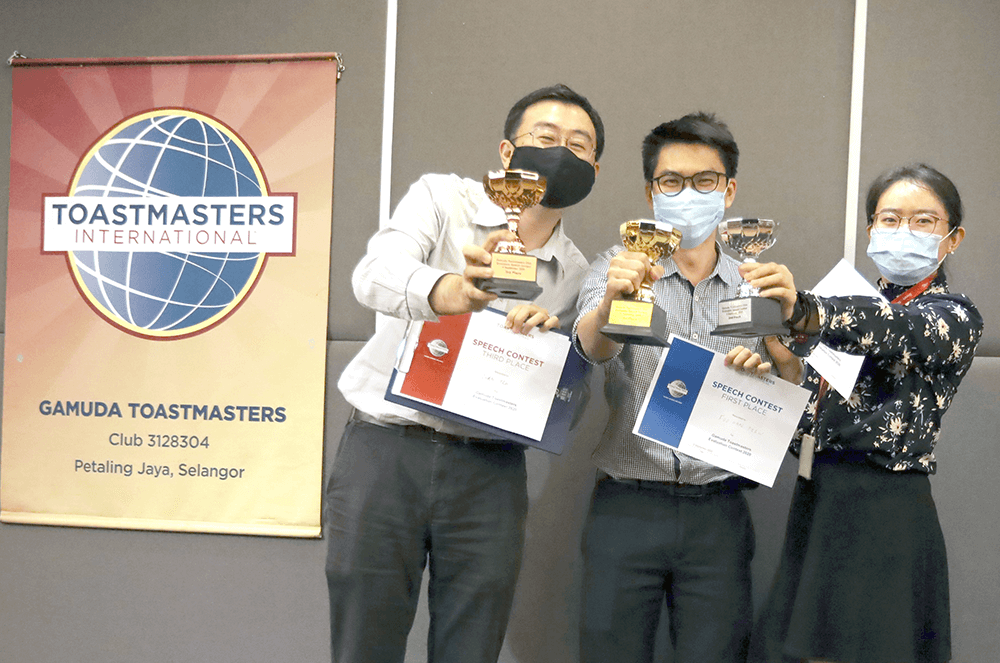 Speech contest winners of the Gamuda Toastmasters Club, in Petaling Jaya, Selangor, Malaysia, receive trophies and certificates.
Speech contest winners of the Gamuda Toastmasters Club, in Petaling Jaya, Selangor, Malaysia, receive trophies and certificates.“Members leave due to financial constraints despite the fact that the clubs are doing well,” says Mahinda Karunakara, DTM, Club Growth Director for District 82 in Sri Lanka and Maldives. “For corporate clubs, the key issues are employee turnover, attrition, and their organization’s demand [that employees] take on more responsibility to compensate for its lack of resources.” Community clubs, he continues, find members dropping out because of changing family commitments and economic pressure; lack of desire to meet online is also a factor.
For many, it’s not Zoom fatigue—it’s just plain old fatigue from having to manage both job and family in the same workspace.
Embracing New Opportunities
With all of those challenges, many clubs and Districts around the world are finding new, creative ways to energize their membership.
“Most of our clubs are responding well by trying to accommodate the needs and conditions of the club members by supporting them,” says Karunakara. District 82 is providing resource personnel, membership-building programs, and trainings, and is offering guidance on ways to balance Toastmasters, family life, and professional responsibilities. “It is a challenge, but measures are being taken to help the members out.”
 Members of Wadsworth Center Toastmasters, in Detroit, Michigan, host a winter-themed meeting.
Members of Wadsworth Center Toastmasters, in Detroit, Michigan, host a winter-themed meeting.He recommends offering trainings that show how online skills can be transported to members’ business and personal lives. “Tech buddies” can help each other learn the online meeting platform. “Keep the engagement going until the pandemic is cleared and the opportunity is there to meet physically. Just get them to join meetings although they might not actively take part in the meeting.”
Manigault, the member of two clubs in Georgia, has also seen firsthand that not meeting in person offers other opportunities. Her Alpha 289 Toastmasters Club in Decatur, Georgia, is thriving in an all-online format. “They have online down to a science,” she says. “They’ve got it nailed.” Alpha 289 averages 22 people at each online meeting, which Manigault attributes to creative ideas like game nights and “a Table Topics extravaganza”—an entire meeting devoted to Table Topics.
“It’s what I call magic—the things you do outside the traditional meeting can make magic.”
For members who are reluctant to join an online club, Manigault suggests pointing out the distinct advantages that virtual meetings offer. “I do not have to drive to get to a meeting, and I can visit any club anywhere in the world. You can visit and join clubs that are in other states, other time zones.”
For those who are fine with online meetings but miss seeing people, Zaiser, of District 95, recommends offering in-person gatherings after the meeting. She also urges clubs not to think of the in-person format as “the real meeting” and avoid talking about “when we get back to meeting in person.” It suggests that any other format is not legitimate and encourages people to hold back their full participation.
Rally Members
Themed meetings, creative education sessions, and “constant recognition” of achievement keep meetings fun, no matter what meeting format you use, says Karunakara.
There are many ways to foster a sense of camaraderie, he adds. Members can gather for 10 or 15 minutes after the meeting to brainstorm ideas for creative extras like quizzes, debates, and scavenger hunts. Refreshments add an extra note of hospitality.
When participation lags and membership renewals seem to be at risk, Manigault suggests having each officer call three people who aren’t attending the meetings and make sure they know they’re missed. “Don’t make them feel guilty, but you want them to feel needed.” Mention a value they bring to the meetings, such as, “She loves having you as her evaluator.”
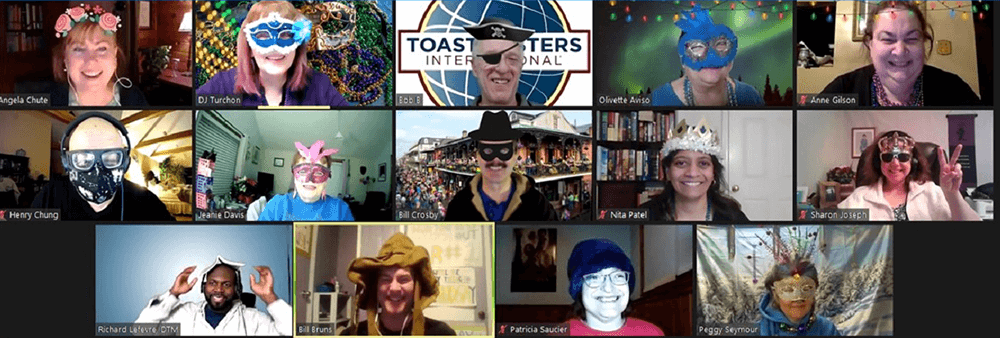 The Maine Thing Advanced Toastmasters Club, in Augusta, Maine, celebrates Mardi Gras with a themed meeting.
The Maine Thing Advanced Toastmasters Club, in Augusta, Maine, celebrates Mardi Gras with a themed meeting.It’s important to foster a sense of family, she says—“show people that they care. When I first went to Alpha 289, I was impressed by how much it felt like a family.”
Recognition is always an effective way to keep people interested. Leaders recommend going beyond merely handing out ribbons at the meetings (although those are important) and getting creative with how you show the love. Have members vote for awards like Best Speaker and Best Evaluator at each meeting and recognize the winners (with their permission) on social media and in the club newsletter. Corporate clubs should be sure to publicize their members’ achievements to the rest of the company.
It’s all about keeping the member experience at the forefront, says Proctor, the Past International Director.
“If members are learning and growing … it increases the likelihood that members will achieve their goals.”
—Suezy Proctor, DTM“The focus needs to be on the member. What are the member’s goals? How can we help them achieve their goals? If members are learning and growing, if proteges and mentors are utilizing the Pathways mentor program, it increases the likelihood that members will achieve their goals. Many times, it is just one or two established members earning all the education goals,” she explains. What about the rest? They may be headed out the door.
One way clubs can easily gauge members’ goals and interests is through surveys. New members can fill out the New Member Profile, while current members can take the Member Interest Survey. Mentors may want to work on the survey with the new member to get a sense of their goals and offer guidance.
“I feel the Toastmaster’s Promise is minimized at the onset,” says Proctor. “New members do not have ‘serving as a club officer’ on their minds. The existing officers may be burned out and are sending the wrong messages about leadership in the club. Members see that and it is not something they want any part of.”
To try to fix this, Proctor says one of her clubs added a “Leadership Moment” to every meeting. Each officer takes a turn to talk about some aspect of their officer role. “I encourage them to talk about the real-world transferable skills of Toastmasters that most people need in their career path.
“Leaders cannot keep members engaged if they themselves are not engaged at a higher level of commitment. Members can see and respond to the differences.”
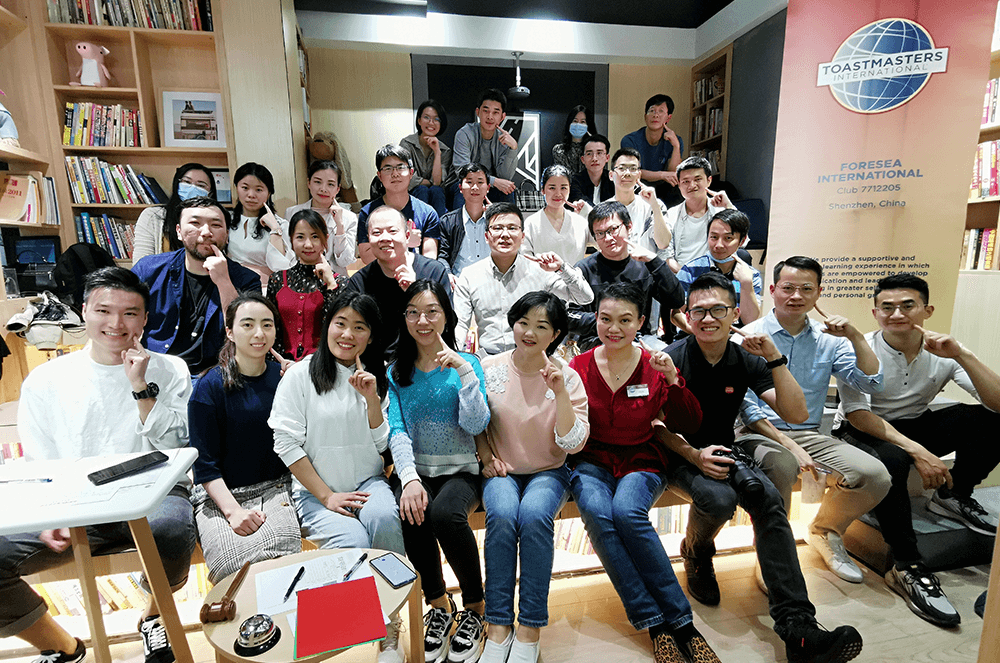 Members of Foresea Toastmasters International Club, in Shenzhen City, Guangdong, China, celebrate their club.
Members of Foresea Toastmasters International Club, in Shenzhen City, Guangdong, China, celebrate their club.What it really comes down to, then, is how you make your members feel. As poet Maya Angelou put it:
“I’ve learned that people will forget what you said, people will forget what you did, but people will never forget how you made them feel.”
Or, as members often say:
If it isn’t fun, it isn’t Toastmasters.
Watch the video below for strategies, tips and tricks, as International President-Elect Matt Kinsey and a panel of leaders discuss what club excellence looks like in our current environment.
Kate McClare, DTM , is a professional writer and editor who joined Toastmasters in 2011. She is a member of Miami Advanced Toastmasters Club in Kendall, Florida, and an Area Director for District 47, Southeast Florida and The Bahamas.
Related Articles
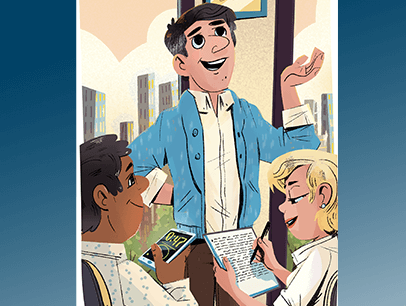
Meeting Roles
Maximize Your Meeting Role Lineup

Mentorship
Club Mentor Program: A Win-Win-Win!
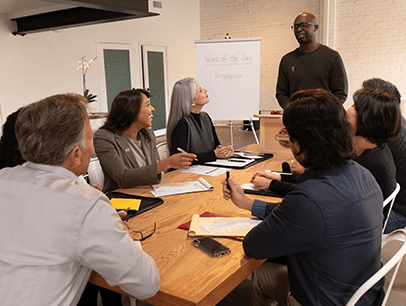
Club Experience
Distinguish Yourself and Your Club

Club Experience



 Previous
Previous

 Top Tips to Retain Club Members
Top Tips to Retain Club Members
 Previous Article
Previous Article